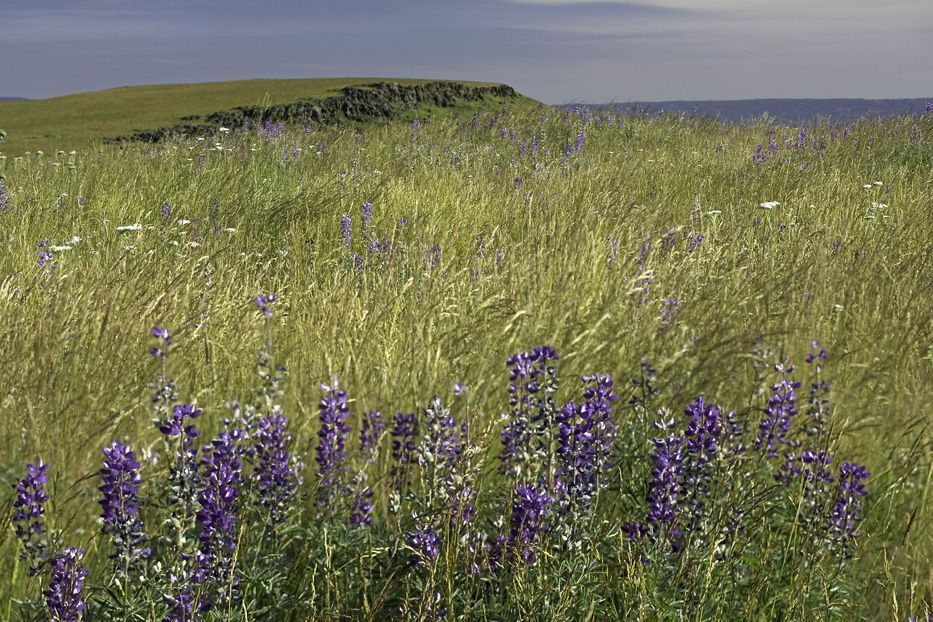
New US Natural Landmarks Relics of America's Past

The National Park Service has designated two new national natural landmarks that stand as relics of ecosystems that were once widespread in the United States.
The two new landmarks are the Wade Tract Preserve in southern Georgia, one of the last old-growth stands of longleaf pine left in the world, and the Zumwalt Prairie in Oregon, an example of bunchgrass prairie that was once more widespread.
"By designating these remarkable sites as national natural landmarks, we recognize two extraordinary examples of landscapes in America that were commonplace at one time, but are now rarely seen intact," said National Park Service director Jonathan B. Jarvis in a statement.
Scientists think that the Wade Tract Preserve is an example of what that region of the country would have looked like at the time Europeans colonized the area, according to the statement. Some trees in the preserve are more than 300 years old.
At the other end of the country, the Zumwalt Prairie is home to large populations of mammals, birds and prey. In addition to bunchgrass prairie, it features aspen groves, grasslands, sagebrush shrublands and other wooded areas. The landmark falls within a preserve owned by The Nature Conservancy.
The landmark status is intended to help preserve important natural areas and to allow scientists to better study them, though it doesn't impose and land use restrictions that weren't already in place.
In addition to the two new landmarks, the boundaries of Garden Park Fossil Area National Natural Landmark, located in Fremont County, Colo., have been expanded. They now include five quarries that have yielded important discoveries, including three of the most complete Stegosaurus skeletons ever found, the NPS statement said.
Sign up for the Live Science daily newsletter now
Get the world’s most fascinating discoveries delivered straight to your inbox.
Follow Andrea Thompson @AndreaTOAP, Pinterest and Google+. Follow OurAmazingPlanet @OAPlanet, Facebook and Google+. Original article at LiveScience's OurAmazingPlanet.

Andrea Thompson is an associate editor at Scientific American, where she covers sustainability, energy and the environment. Prior to that, she was a senior writer covering climate science at Climate Central and a reporter and editor at Live Science, where she primarily covered Earth science and the environment. She holds a graduate degree in science health and environmental reporting from New York University, as well as a bachelor of science and and masters of science in atmospheric chemistry from the Georgia Institute of Technology.











